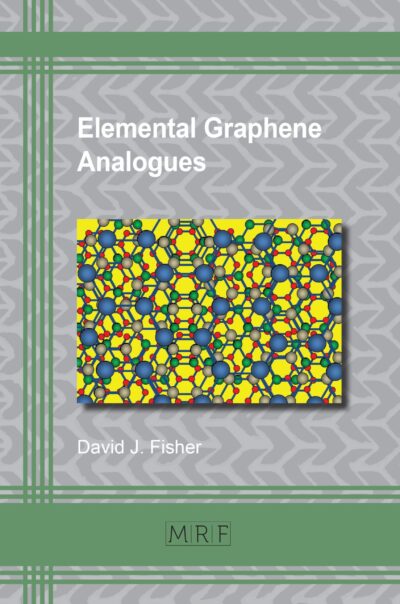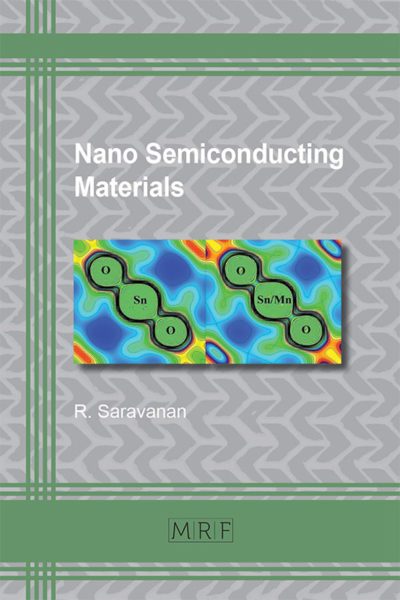Computer Modelling of Structural Transformations of Nanopores in Fcc Metals
M.D. Starostenkov, A.V. Markidonov, P.V. Zakharov, P.Y. Tabakov
Materials Research Foundations Vol. 63
Publication Date 2019, 184 Pages
Print ISBN 978-1-64490-050-5 (release date November 30th, 2019)
ePDF ISBN 978-1-64490-051-2
DOI: 10.21741/9781644900512
The book focuses on the effects of shock waves on vacancies and their clusters in fcc crystals. It is shown that high-speed cooperative atomic displacements represent a powerful tool for the purposeful modification of defect structures in crystalline bodies. The results are important for radiation material science, nano-engineering, the study of shock wave effects and the ultrasonic treatment of materials.
Keywords
Computer Modelling of Nanopores, Molecular Dynamics, Fcc Metals, Defect Structures in Crystals, Radiation Material Science, Nano-Engineering of Materials, Ultrasonic Treatment of Materials, Radiation Induced Defects, Vacancy Clusters, Shock Wave Effects, Radiation-Resistant Materials, Thermomechanical Processing, Energy Transfer Mechanism, Nanopore Nucleation, Nanopore Based Filters, Nanopore Based Detectors, Cooling Elements in Nano-Electronics
Table of Contents
1. Cooperative effects arising in solids under the radiation exposure 1
1.1 Radiation-dynamic effects 1
1.2 Processes of pore formation in solids under irradiation 2
2. Computer experiment in condensed matter physics 6
2.1 Methods of computer experiment on the microscale level 6
2.2 Method of molecular dynamics 9
2.3 Potentials of the interparticle interaction 16
2.4 The methodology of computer experiments 19
3. Influence of cooperative atomic displacements on the processes of pore formation in crystals 22
3.1 Modelling of the post-cascade shock wave and the initiation of low-temperature self-diffusion by it 22
3.2 Pore formation under the influence of post-cascade shock waves 32
3.3 Structural transformations of nanopores 40
3.4 Enlargement of nanopores 50
3.5 Dissolution of a nanopore near a free surface 57
3.6 Peculiarities of structural transformations of a nanopore in a deformed computational cell 63
3.7 Splitting of a nanopore in the grain boundary region 71
3.8 Structural transformations of a nanopore of a cylindrical shape 78
4. Formation of nanopores in bimetallic particles under the influence of shock waves 85
4.1 Influence of the post-cascade shock waves on the interphase boundary of bimetals 85
4.2 The passage of shock waves through the interface of bimetallic particles 91
Conclusions 99
References 100
Related sites:
https://en.wikipedia.org/wiki/Nanopore














